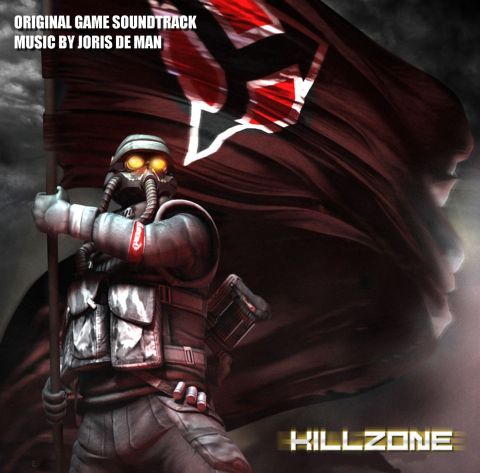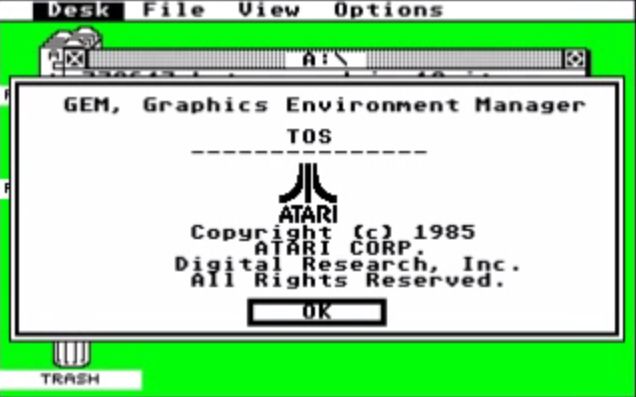Part 24: Killzone OST


Hey, let's talk about Killzone's music for a moment. It's really good. Like, really, really good. As an aside, in 2010, Killzone 2 became the first video game soundtrack to receive a prestigious Ivor Novello award--but we'll get to that later. Anyways crow, myself, and the other commentators talk right over everything, so it's worth going back to listen to because the soundtrack here is a brilliant bit of orchestral game music. Also, there's a lot on the OST that you'll likely never hear if you play the game because only parts of a track are used. Although, I don't know that I'm exactly selling the idea of playing Killzone HD to all of you watching it, so you should still check out the music anyways, because it's really enjoyable.
First, let's talk a little about the composer, Joris Maarten de Man aka Joris de Man aka Joe de Man aka Scavenger. He has scored the official soundtracks for the original Killzone Trilogy as well as Killzone: Liberation. Before that, though, he was a freelance composer for CD-i games, and before that he wrote Atari chip music under the name "Scavenger". Some of it is really good. Like, really, really good. Here's an example of Crapman, which was a Pac-Man knock-off without sound effects. Probably a good thing, as the music was so good. Here's a bit from his Synergy Megademo (Wicked Pixels), which includes a cover of Madness's "Our House" (kicks in at 6:56). This track here is one of my favourite bits from Wicked Pixels. Aaaand, here's one more for good measure. If you like chip music at all, it's good stuff.

Okay, onto Killzone proper. I won't be covering every track, as there are a lot of short musical snippets scoring specific small scenes. If they're particularly noteworthy, I'll point them out, but some aren't terribly memorable or are just variations of an earlier theme. Joris De Man had a particular plan in mind when he created the soundtrack. Here's a snippet from an interview to give you an idea of his creative thought process:
http://www.vgmonline.net/jorisdemaninterview/ posted:
Chris: In 2004, your breakthrough project Killzone was released to great critical acclaim and commercial success. Looking back, what elements of your orchestral score were fundamental for creating a suitable mood and dynamic for this shooter?
Joris de Man: For me the main factor was not to approach it as a shooter but almost as a film with a story and character development. As the music in the original Killzone was only used during the cutscenes and main menu music, I didn’t have to worry about the gameplay too much, but more about which themes complemented what character or story arc. So I concentrated on creating strong themes linked to characters (leitmotivs) which I could then re-use in various ways, and some of those themes have stuck and I’m still using them!
To start, we begin the game with hearing the track Intro - Birth Of War, which plays during Scolar Visari's speech and the game's opening cutscenes. Throughout it we'll first hear some of the leitmotifs that will repeat through the game.
Next is the Main Theme - Helghast March. This track plays over the main menu. It's a great track, and aside from the Birth of War, probably one of the most iconic ones. The unfortunate thing about it in Killzone 1, is that if you don't hang around the main menu for at least 6 minutes, you aren't going to get to experience the full song.
Brief detour now, before I start posting about tracks in the game proper. Since we're not past the menu yet, I want to point out some tracks that we won't really be getting a chance to hear in the LP because I've skipped past them too quickly. When you enter the stage select for either singleplayer or multiplayer, the Mission Briefing track begins to play. Seeing as the game takes a moment to fade out from Helghast March before going into Mission Briefing, I'm not even sure that they opening bars have been heard in the LP. The Mission Success track is one that has been heard in the LP videos, but not beyond the first 10 or so seconds. Lastly, I like the Mission Failure track because it plays a muted version of the leitmotif in the Helghast March. We haven't heard this track at all, so it's worth the listen.
A Mission is the track that plays when Templar first meets General Vaughton and receives the mission to locate the SD platform key. The song begins with the same leitmotif we hear in the opening bars of the Mission Success track. I consider this to essentially be the ISA's leitmotif, and by extension, Jan's leitmotif, as he's the Poster Boy for Vekta's ISA in this game. It's a very triumphant theme, much like the Helghast March them, but whereas that one is quite militaristic, I would argue that the theme here is very heroic by comparison. Anyways, I love that that as Vaughton explains the situation to Jan, the track becomes much more subdued and sinister, reflecting the ominous threat that Lente's Third Army presents.
Introducing Luger is a great theme for her, because it really sums up her character. It begins quiet and mysterious, before rapidly building to a crescendo, only to quietly fade away--much like how she is supposed to operate in game, sneaking through the shadows, striking suddenly, and fading away. The track isn't particularly heroic, which reflects her contrasting attitude to Jan's throughout the game, and it's also not a very friendly or inviting track. It's sudden, violent, and efficient, much like Luger herself.
Here's the SD Platform fanfare, simply because I absolutely love it, and it sounds like a super-villain theme, which is super fitting every time it plays and we get to see more of General Anime. Speaking of which, "Do You Believe In God?", or what I consider to be General
Rico's theme, Rico To The Rescue, I find to be vaguely reminiscent of John Williams' score in Star Wars--fitting, considering our setting. As an ISA operative, the A Mission horn fanfare plays briefly in his theme, but it's quickly over, replaced by the more frantic and aggressive tune throughout.
Hakha's theme, "Half-Helghan, Half-Human", is appropriately menacing and foreboding, suggesting the uncertainty the team has around him when they first discover that the Helghast spy is actually a Helghast. Of course, Hakha winds up being an alright guy, but that trust is earned throughout the game. The bit that starts playing around the :30 mark plays when Luger and Templar first begin questioning Hakha, asking "whose side" he is on. If you aren't listening to these tracks with some decent speakers or headphones, this is a good one to start doing that with. The low bass that plays along with the metallic clicking sound that pans from left to right is great at setting a mood, making you wonder what side this guy really fights for.
Since that covers many of the main motifs for the game, I'm going to cut it off there. The game has a lot of tracks to it, over 40 on the OST, but a lot of them are short snippets for cutscenes. Not all are particularly memorable, but taken as a whole, the soundtrack is great piece of music, as they all fit together to tell a story. I also felt it was important to do, because Killzone 1 has been getting some much deserved flak in the last couple of updates and I wanted to at least acknowledge something that was unequivocally good about the game.